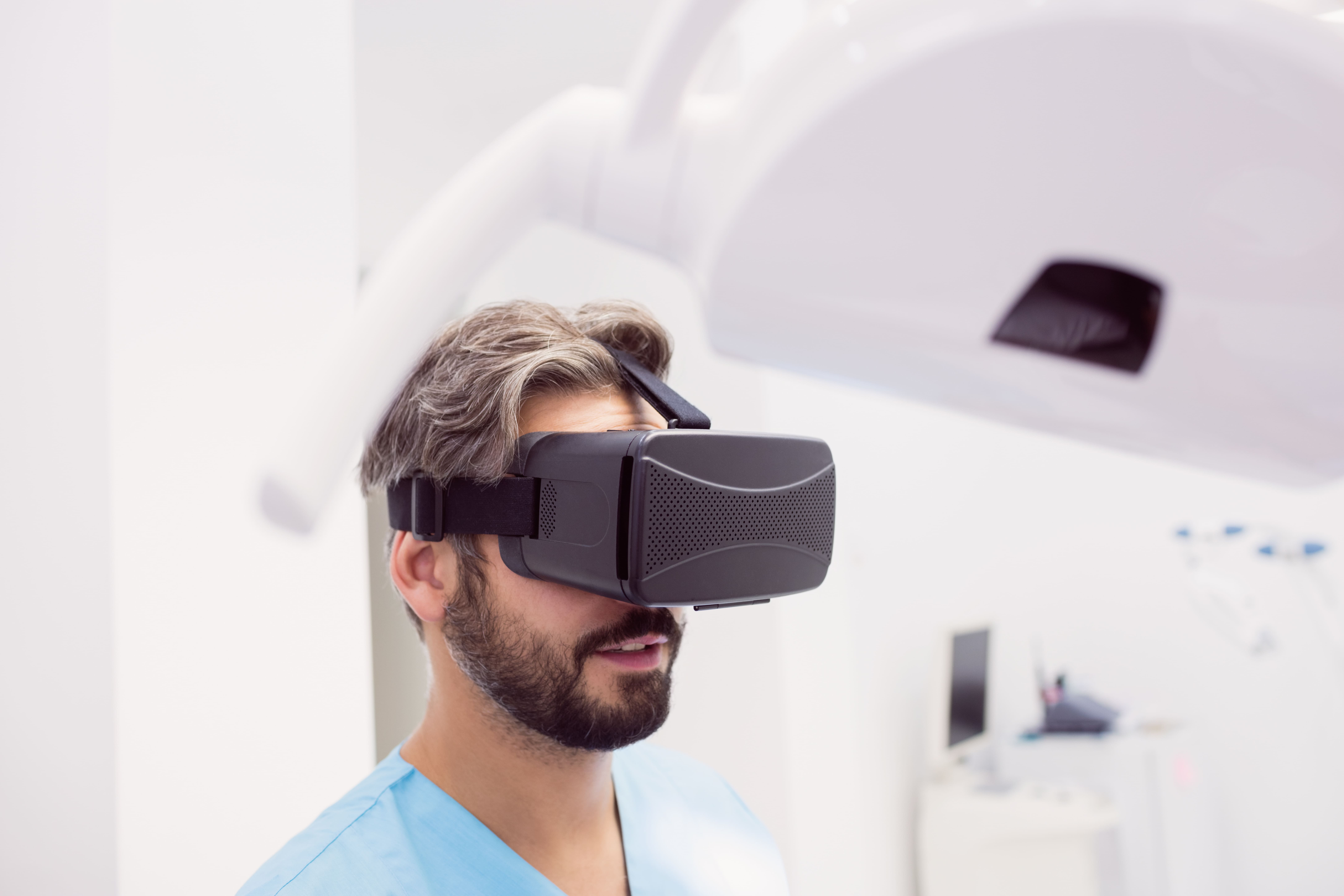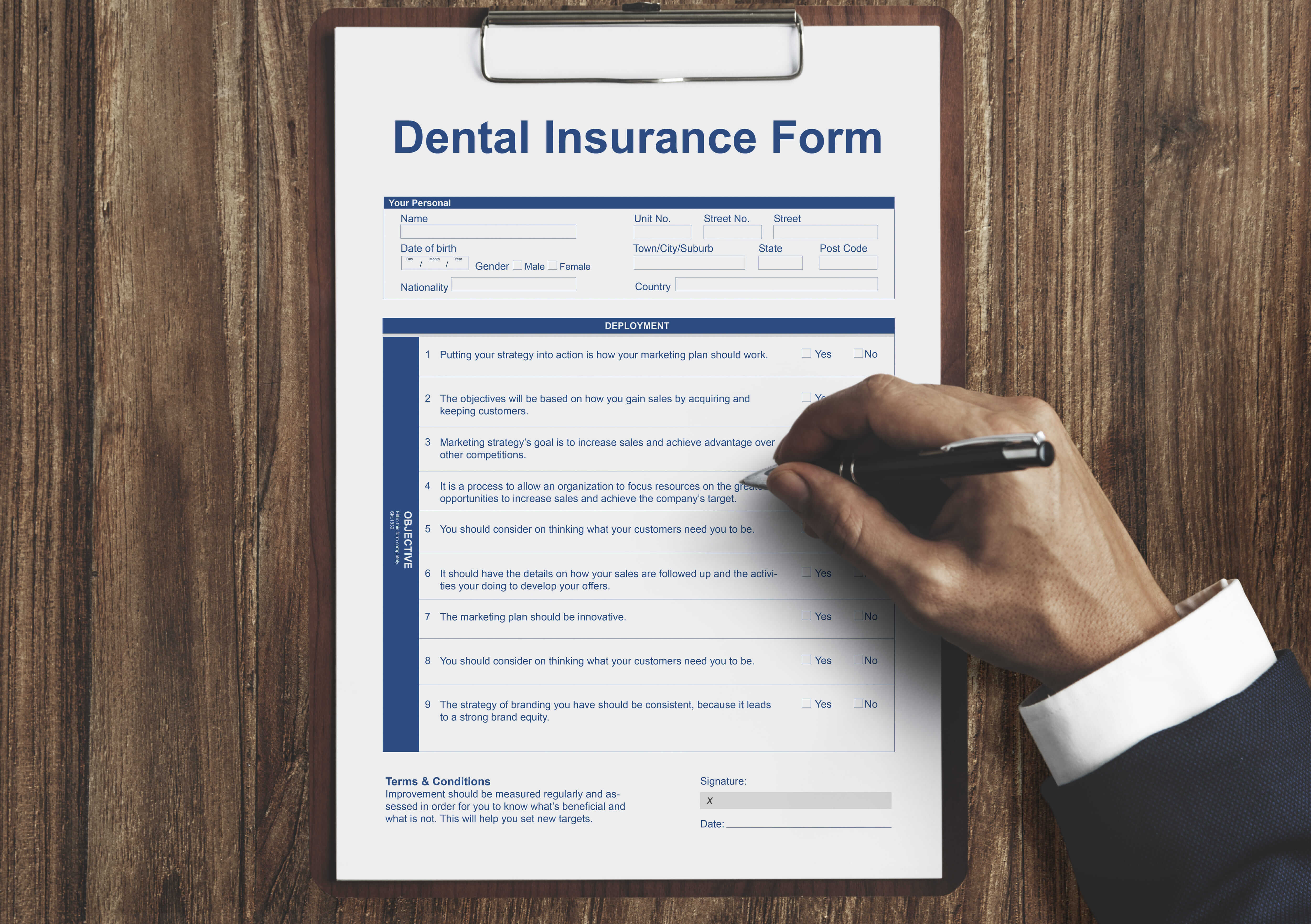Virtual Reality for Anxiety Management in the Modern Dental Practice

Picture this: A patient who typically white-knuckles through dental procedures is now calmly relaxing in your chair, virtually strolling through a peaceful forest while you complete their crown prep. Sounds too good to be true? Welcome to the transformative world of virtual reality (VR) in dentistry, where cutting-edge technology meets compassionate care to revolutionize how we manage patient anxiety.
The Anxiety Challenge in Dentistry
Let's face it, dental anxiety is more than just pre-appointment jitters. It's a widespread issue affecting millions of Americans and significantly impacting both patient care and practice efficiency. Approximately 36% of people in the U.S. have a fear of dental care, with 12% experiencing extreme fear, according to recent data from MedCity News. Even more concerning, about 3% of adults in industrialized countries may have dentophobia and avoid going to the dentist at all, as reported by the Cleveland Clinic.
This anxiety epidemic creates a cascade of challenges for modern dental practices:
Extended Appointment Times:
When patients grip the armrests and request frequent breaks, a routine filling can stretch well beyond scheduled time slots. This disrupts your carefully planned day and backs up your entire schedule.
Increased Sedation Requirements:
Anxious patients often need nitrous oxide or oral sedatives, adding complexity, cost, and potential risks to even simple procedures. Not to mention the additional monitoring and recovery time required.
Lower Patient Satisfaction and Retention:
Despite your best clinical skills, anxious patients may leave with negative memories, leading to poor reviews and fewer referrals. Subjects who had higher MDAS scores were more likely to postpone their dental visits, creating a vicious cycle of delayed care and worsening oral health.
Staff Burnout:
Your team spends valuable time and emotional energy managing patient fears, which can be draining day after day.
By tackling anxiety head-on with innovative solutions like VR, practices can streamline chairtime, improve patient outcomes, and foster positive word-of-mouth that drives practice growth.
How VR Headsets and Relaxation Modules Work
Virtual reality isn't just about gaming anymore—it's become a sophisticated therapeutic tool that's changing how we approach dental anxiety. Here's how modern VR systems transform the dental experience:
Immersive Environment
Patients slip on a lightweight, medical-grade VR headset that instantly transports them away from the clinical setting. Instead of staring at ceiling tiles and hearing the whir of your handpiece, they're suddenly:
- Walking through a sun-dappled forest with birds chirping overhead
- Sitting on a pristine beach, watching waves roll in
- Floating through a guided meditation studio with soothing narration
- Exploring an underwater coral reef teeming with colorful fish
The key is complete sensory immersion—360-degree visuals paired with spatial audio that blocks out dental sounds, creating a psychological escape that feels remarkably real.
Biofeedback Integration
The most advanced VR systems go beyond passive viewing. They incorporate real-time biofeedback sensors that monitor:
- Heart rate variability
- Galvanic skin response (measuring stress through skin conductivity)
- Breathing patterns
When the system detects rising stress markers—say, as you approach with the anesthetic syringe—it dynamically adjusts the experience. The virtual environment might shift to even more calming scenes, the narration could guide deeper breathing exercises, or soothing music might intensify. It's like having a digital anxiety coach working alongside your clinical care.
Distraction Through Engagement
Unlike simply watching TV on the ceiling, VR engages patients as active participants. Interactive elements keep minds occupied:
- Patients can "throw" virtual stones into a pond and watch ripples form
- Control the direction of a gentle breeze through hand gestures
- Guide a butterfly to land on virtual flowers
- Complete simple, calming puzzles or activities
This active engagement is crucial—results of self-evaluation questionnaires showed that patients experienced less anxiety and pain after undergoing VR treatment, as documented in clinical studies. When the brain is busy processing these pleasant interactions, it has less bandwidth to focus on dental sensations.
Measurable Benefits in the Operatory
The impact of VR on dental practices isn't just feel-good marketing—it's backed by compelling data and real-world results:
Shorter Appointments
Time is money in any dental practice, and VR delivers measurable efficiency gains. Studies indicate that VR can reduce procedure time by 10-20% by minimizing interruptions for patient reassurance. When patients are calm and still, you can work more efficiently without constant stops to address anxiety.
Think about it: If you typically see 8 patients daily and save just 5 minutes per appointment through VR-induced calm, you've gained 40 minutes—enough for an additional procedure or a less stressful lunch break.
Reduced Sedation Costs
With VR providing natural anxiety relief, many patients who previously required nitrous oxide or oral sedatives can complete procedures without pharmaceutical intervention. VR reduced anxiety in children (SMD -1.44, 95% CI -2.24 to -0.63) and for pain reduction, VR was effective in both children (SMD -1.11, 95% CI -1.65 to -0.57) and adults (SMD -0.59, 95% CI -1.187 to -0.001), according to recent meta-analysis data.
This reduction in sedation needs translates to:
- Lower supply costs
- Decreased liability and monitoring requirements
- Faster patient turnover (no recovery time needed)
- Ability to treat patients who can't tolerate sedation due to medical conditions
Higher Patient Satisfaction
In an era of online reviews and social media, patient experience matters more than ever. 40% of patients who benefited from virtual reality had a decrease of the STAI-YA score of more than 8 points during dental procedures, representing a significant reduction in clinical anxiety levels.
Post-visit surveys from practices using VR consistently highlight comments like:
- "Most relaxed I've ever been at the dentist"
- "I enjoyed my appointment."
- "Can't believe it's over already"
These positive experiences translate directly into five-star reviews, stronger referral pipelines, and improved case acceptance rates. When patients associate your practice with comfort rather than fear, they're more likely to return for recommended treatment and maintenance.
Making VR Financially Accessible
While the benefits of VR are clear, the initial investment might seem daunting for some practices. This is where smart financial planning comes into play. Modern practices are discovering that offering comprehensive patient financing services can help offset technology investments while also improving patient access to care.
By partnering with patient lending solutions, you can:
- Spread the cost of VR equipment over manageable monthly payments
- Offer patients affordable payment plans for treatments they might otherwise postpone due to anxiety
- Create a win-win scenario where technology investments pay for themselves through increased case acceptance
When you combine VR anxiety management with flexible patient lending services, you remove two major barriers to treatment: fear and finances. This comprehensive approach to patient care sets your practice apart in a competitive market.
Best Practices for Implementing VR
Successfully integrating VR into your practice requires thoughtful planning and execution. Here's a roadmap based on practices that have achieved outstanding results:
Start Small
Don't feel pressured to outfit every operatory on day one. Begin with a pilot program:
- Choose one operatory and one high-quality VR headset
- Select your most tech-savvy team members to champion the program
- Focus initially on longer procedures where anxiety management has the biggest impact
- Track metrics like appointment time, sedation use, and patient feedback
- Use success stories from your pilot to build buy-in for expansion
Staff Training
Your team's confidence in VR technology directly impacts patient acceptance. Comprehensive training should cover:
Technical Skills:
- Quick headset fitting and adjustment for different face shapes
- Troubleshooting common issues (audio problems, fit adjustments)
- Proper sanitization protocols between patients
- Content navigation and selection
Patient Communication:
- Introducing VR in simple, non-technical terms: "This is like a mini-vacation during your procedure."
- Addressing common concerns: "Yes, you can remove it anytime if needed."
- Matching content to patient preferences (some prefer nature scenes, others like abstract visuals)
- Setting appropriate expectations about the experience
Content Library
Variety keeps the experience fresh for repeat patients. Curate 5-7 high-quality modules, including:
- Nature escapes (beaches, forests, mountains)
- Guided meditations with breathing exercises
- Abstract visualizations with calming music
- Interactive experiences for different age groups
- Seasonal content to maintain novelty
Pro tip: Survey patients about their preferences and use the data to strategically expand your library.
Hygiene Protocols
Infection control remains paramount. Establish clear protocols:
- Use disposable face liners or barriers for each patient
- Select headsets with easily sanitized surfaces
- Implement EPA-approved disinfectants safe for electronics
- Create a visible cleaning checklist for patient confidence
- Consider UV sanitization systems for thorough between-patient cleaning
The Future of Anxiety-Free Dentistry
As VR technology continues to evolve, we're seeing exciting developments on the horizon:
- AI-powered content that adapts in real-time to individual stress responses
- Haptic feedback systems that provide comforting sensations
- Integration with practice management software for seamless workflow
- Group VR experiences for pediatric waiting rooms
Forward-thinking practices that embrace VR today are positioning themselves as leaders in patient-centered care. By reducing anxiety, you're not just improving the patient experience; you're addressing a fundamental barrier that keeps millions of Americans from receiving the dental care they need.
Taking the Next Step
Implementing VR in your practice doesn't have to be overwhelming. Start by researching systems designed specifically for healthcare settings, request demos from vendors, and talk to colleagues who've already leaped. Consider how patient lending solutions—like those offered by FinMkt - can make this technology investment more manageable while also helping anxious patients afford the care they've been postponing.
Remember, every innovation in your practice should ultimately serve one goal: providing better care for your patients. VR technology offers a unique opportunity to transform one of healthcare's most anxiety-inducing experiences into something patients might look forward to.
As you evaluate the best finance options to offer patients for both VR implementation and treatment costs, remember that investing in anxiety management technology isn't just about staying current; it's about building a practice where fear no longer stands between patients and optimal oral health.
FinMkt’s comprehensive patient lending services help you bridge the affordability gap with ease—enabling you to offer lending patient solutions that not only support high-tech innovations like VR but also minimize the number of patients saying “no” to needed care due to cost concerns. With flexible patient financing services, you're empowered to treat more patients, more comfortably, and more efficiently.
Ready to bring VR into your practice? FinMkt’s flexible patient lending solutions help you offer the best finance options to patients, so they don't delay care due to cost. By combining innovative VR with smart patient financing services, you make treatment more accessible, comfortable, and efficient for every patient.
Experience FinMkt’s platform and empower more patients to say yes with less anxiety and more confidence.

















